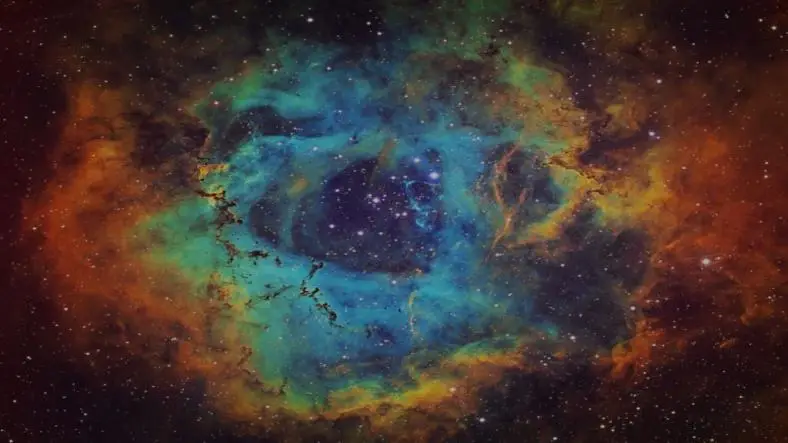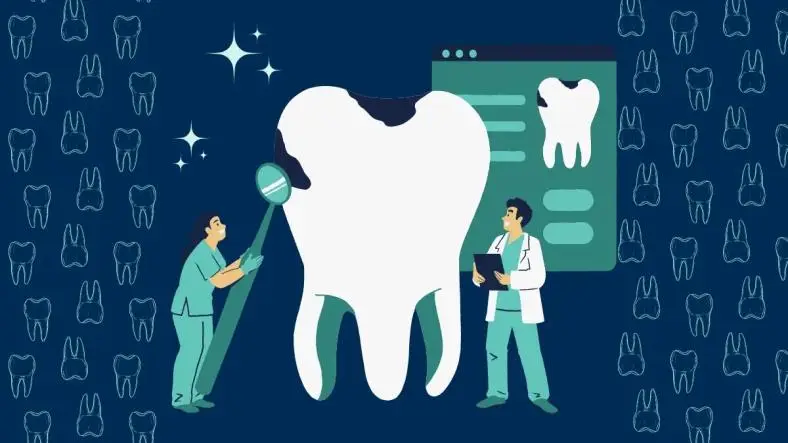The Vedic gods are central to the ancient Indian texts called the Vedas. These deities symbolize natural forces, cosmic laws, and divine qualities. They are deeply connected to rituals and hymns, highlighting the relationship between the divine and the natural world.
Here's a breakdown of major Vedic gods, their roles, and their significance:
Key Vedic Gods and Their Roles
Agni (God of Fire)
- Role: Acts as a messenger between humans and gods, carrying sacrifices to the divine.
- Attributes: Symbolizes warmth, light, and energy. Represents both physical fire in rituals and spiritual knowledge.
- Epithets: Jataveda (omniscient), Havirdhana (bearer of offerings).
Indra (King of Gods)
- Role: Ruler of the Vedic gods, associated with rain, storms, and war. Protects cosmic order.
- Attributes: Carries the thunderbolt (Vajra), rides the white elephant Airavata, and is known for his strength and leadership.
- Epithets: Vajrahasta (thunderbolt bearer), Vrtrahan (slayer of demons).
Varuna (God of Cosmic Order)
- Role: Upholds moral and natural laws (Rta), representing truth and justice.
- Attributes: Holds a noose (Pasa) to restrain lawbreakers and is connected to water and celestial oceans.
- Epithets: Rita (order), Soma (celestial drinker).
Surya (Sun God)
- Role: Represents light, life, and energy, ensuring the regular day-night cycle.
- Attributes: Depicted in a chariot pulled by seven horses, symbolizing vitality and enlightenment.
- Epithets: Ravi (radiant one), Savitar (stimulator).
Chandra (Moon God)
- Role: Governs the lunar cycle, timekeeping, and fertility.
- Attributes: Rides a chariot pulled by ten white horses or an antelope, symbolizing calmness.
- Epithets: Soma (nectar of immortality), Tara (star).
Vayu (Wind God)
- Role: Deity of wind and air, essential for life and breath.
- Attributes: Swift-moving and powerful, depicted with a banner or horse.
- Epithets: Pavan (purifier), Marut (storm god).
Yama (God of Death)
- Role: Oversees the afterlife, judging souls and maintaining moral order.
- Attributes: Rides a buffalo, carries a staff, and governs the path of souls.
- Epithets: Dharmaraja (king of justice), Yamaraja (lord of death).
Brihaspati (Guru of Gods)
- Role: Priest and guide of the gods, symbolizing wisdom and teaching.
- Attributes: Depicted as an elderly sage, associated with the planet Jupiter.
- Epithets: Brahmanaspati (lord of sacred word).
Vedic Hymns and Rituals
Hymns and Invocation
- The Vedas contain numerous hymns dedicated to the gods. These hymns praise their attributes and roles in maintaining cosmic balance.
- During rituals, specific hymns are recited to invoke these deities for blessings.
Sacrifices and Offerings
- Yajnas: Rituals involve offerings like ghee, grains, and soma poured into the sacred fire.
- Purpose: These sacrifices maintain cosmic harmony and seek divine favor for prosperity and spiritual growth.
Conclusion
The Vedic gods are not just deities but representations of natural and cosmic principles. Their worship reflects the Vedic tradition's deep understanding of the universe's interconnectedness. These rituals and hymns are designed to align human actions with divine order, promoting balance and harmony. Even today, the legacy of these gods influences Hindu practices and remains a cornerstone of India’s spiritual heritage.













